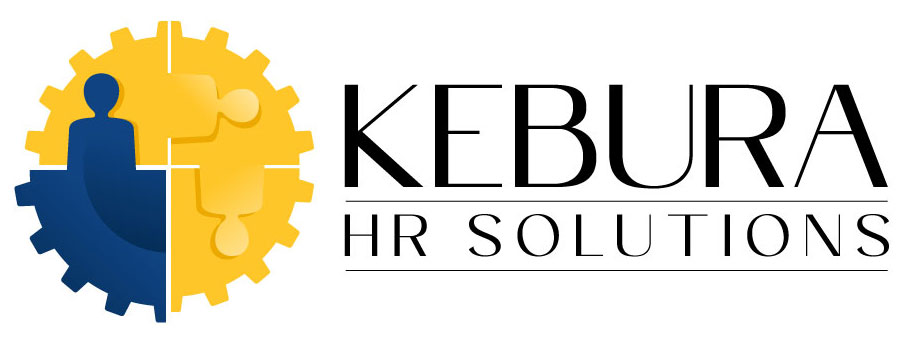If the National Labor Relations Act (NLRA) gave employees the right to organize and unionize, the Labor Management Relations Act (LMRA)—better known as the Taft-Hartley Act—was Congress’s way of putting limits and balance into the system. Passed in 1947, it amended the NLRA to give employers and the federal government more say in labor relations.
For employers, understanding the LMRA is key. It doesn’t take away employee rights, but it clarifies what unions can and cannot do, while also protecting businesses from unfair practices.
Why the LMRA was created
The NLRA of 1935 tilted the playing field toward employees and unions. After a decade of rapid union growth and frequent strikes, many lawmakers felt employers needed more balance. The LMRA was introduced to:
- Restrict certain union practices
- Expand employer rights in labor relations
- Give the federal government tools to step in during national labor disputes
What the LMRA covers
The LMRA made several major changes to U.S. labor law:
- Unfair labor practices for unions: Just like the NLRA restricted employers, the LMRA set rules for unions, including bans on coercing employees, refusing to bargain in good faith, or engaging in certain secondary boycotts.
- Union security agreements: It limited the kinds of agreements that require employees to join a union, paving the way for today’s “right-to-work” laws at the state level.
- Employer free speech: Employers were given more room to express their views about unions, as long as they don’t threaten or retaliate.
- Government intervention: The President can seek an injunction to stop strikes that pose a national emergency.
- Union officer rules: Certain individuals, like convicted felons and Communists at the time, were barred from union leadership roles.
Who enforces the LMRA
Like the NLRA, the National Labor Relations Board (NLRB) enforces the LMRA. The NLRB investigates and resolves complaints involving both employer and union conduct.
Why the LMRA matters to employers
The LMRA rebalanced the system so that employers have a clearer voice. It:
- Protects businesses from being forced into one-sided union agreements
- Prevents unions from engaging in certain disruptive practices
- Gives management the right to communicate with employees about unionization efforts (within legal limits)
- Provides a path for legal resolution of strikes or boycotts that could cripple operations
Common employer mistakes under the LMRA
- Crossing the line in communication: While employers can share facts and opinions, threats or promises of benefits tied to union activity are still unlawful.
- Ignoring bargaining obligations: Once a union is certified, employers must negotiate in good faith.
- Failing to understand state laws: Right-to-work laws vary, and employers need to know how they interact with federal rules.
- Overreacting to strikes: Retaliation or improper replacement of striking workers can create big liabilities.
How to stay compliant
- Know your rights and limits – The LMRA gives employers more freedom, but retaliation is still off-limits.
- Train supervisors – They’re often the ones communicating with employees about union matters.
- Work with legal/HR experts – Collective bargaining and strike responses require careful handling.
- Stay neutral in practice – Focus on facts, not pressure or threats, when discussing unions.
- Keep policies updated – Ensure handbooks, contracts, and agreements reflect both federal and state labor laws.
How Kubera HR Solutions can help
At Kubera HR Solutions, we help businesses navigate union-related laws under both the NLRA and LMRA. From training managers on what they can (and can’t) say to reviewing policies and preparing for bargaining, we make sure employers stay compliant while protecting their interests.
